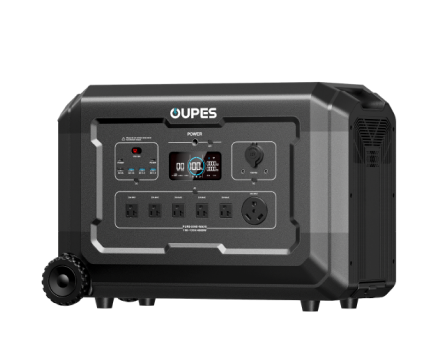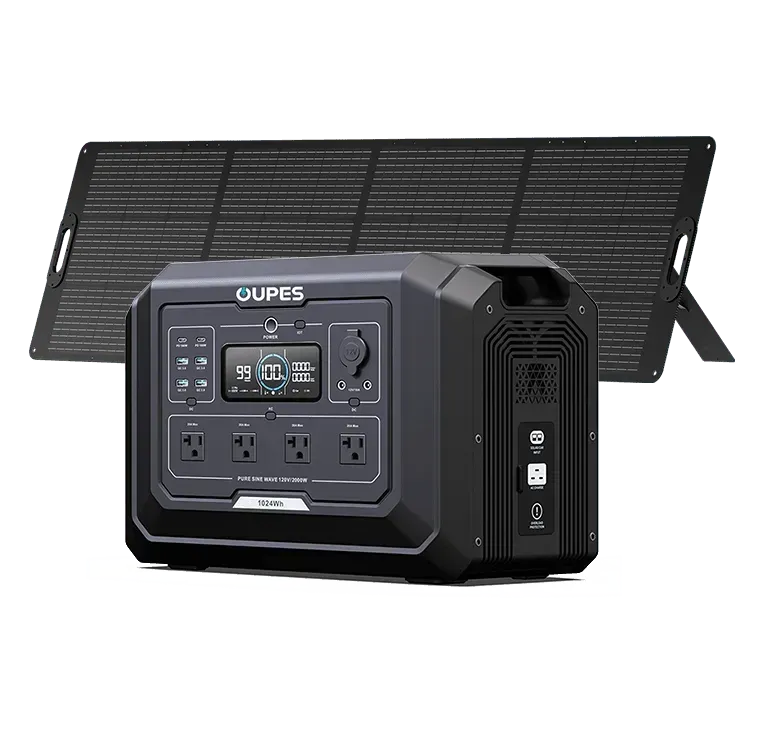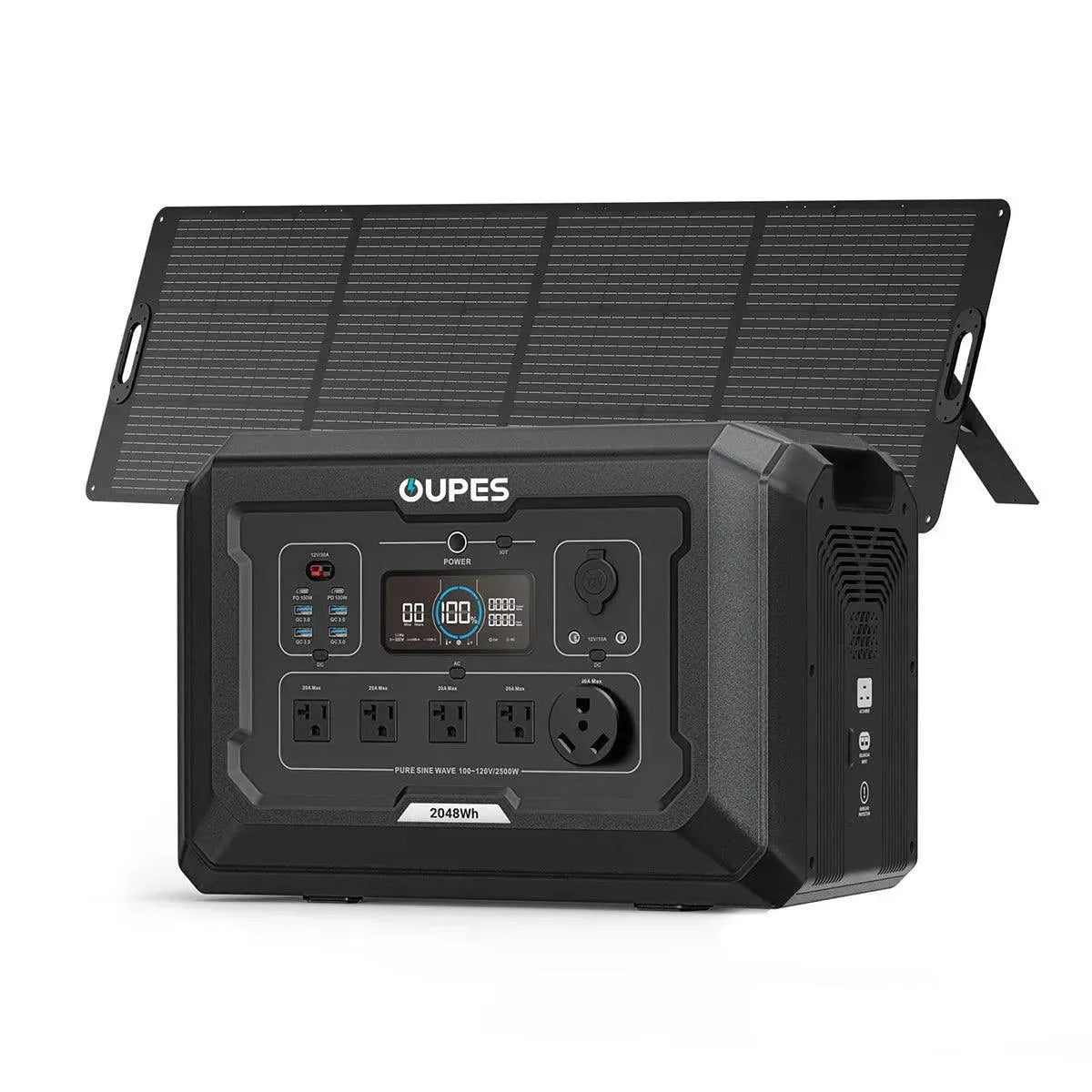
Picture yourself deep in the wilderness, miles from the nearest power outlet, yet confidently brewing morning coffee with energy harvested straight from the sun. Or imagine a stormy night when neighborhood lights flicker out, but your refrigerator hums steadily while medical devices stay powered through the blackout. Both scenarios showcase the revolution of portable solar energy, but they represent fundamentally different technologies that often get confused: solar generators versus solar power stations. The terminology overlap creates real consumer confusion in a market where understanding distinctions directly impacts emergency preparedness, outdoor adventures, and even daily energy independence. Discerning these differences unlocks smarter purchasing decisions that align equipment with actual needs rather than marketing buzzwords.
Defining the Technologies and Their Core Applications
Solar generators emerged over a decade ago primarily as portable battery boxes with integrated inverters, designed to replace noisy gas generators during camping trips or brief power interruptions. These compact units—typically suitcase-sized or smaller—contain essential components: a battery for energy storage, an inverter to convert stored DC power into household AC electricity, charge controllers for solar panel input, and output ports (like USB or standard AC outlets). Historically, their capacities were modest (200-1000Wh), making them ideal for charging phones, running small appliances, or powering LED lights during weekend adventures. Their compact nature means easy transport and simple operation, requiring little technical knowledge.
Solar power stations represent an evolution of this concept with substantial enhancements in capacity, output, and functionality. These systems often start where solar generators max out, featuring larger battery packs (2kWh and beyond), pure sine wave inverters capable of handling sensitive electronics and heavy-duty appliances, and sophisticated charge controllers that optimize efficiency with high-wattage solar arrays. Unlike their portable counterparts, solar power stations frequently incorporate expandable architectures allowing additional battery modules to be connected, bridging the gap between temporary portable power and semi-permanent energy solutions. Their applications extend far beyond recreation: Think sustained home backup during prolonged outages, powering workshops or medical equipment, or even serving as primary power sources for off-grid cabins.
A practical illustration highlights this divergence: A solar generator might power a laptop, camera, and camp lights for two days. A solar power station could simultaneously run a portable refrigerator, CPAP machine, several lights, and recharge an electric tool battery for that same duration—and potentially integrate extra batteries for extended runtime. This capability shift transforms occasional convenience into reliable energy resilience.
Portability Versus Stationary Power: Design Philosophies
Portability forms the cornerstone of solar generator design, dictating every engineering choice. Manufacturers prioritize lightweight materials like durable ABS plastics over steel, compact form factors with carrying handles, and weight limits manageable by a single person (usually under 40 lbs). Every feature is optimized for mobility: foldable handles, suitcase-style designs, and streamlined interfaces that don't require technical setup. This focus makes solar generators indispensable for outdoor scenarios. Picture hikers reaching a remote basecamp and easily unpacking a unit to charge headlamps, GPS devices, and cameras via attached portable solar panels. The convenience shines during tailgating, beach days, or van life where space constraints demand compact solutions. These units thrive in environments where setup and teardown occur daily.
Solar power stations adopt a fundamentally different approach centered on delivering higher, sustained energy output—even when it sacrifices easy transport. While some smaller models remain movable, larger units resemble home appliances with weights exceeding 70-100+ pounds. Their design incorporates sturdy metal frames for component protection, extensive venting for thermal management during prolonged high-load usage, and interfaces supporting expansion. Positioning matters: Where solar generators stay mobile, solar power stations often function as semi-permanent installations—dedicated to home backup (garages/basements), remote worksites (construction trailers), or off-grid cabins. Their added bulk accommodates crucial internal components like sophisticated battery management systems (BMS) and heavy-duty pure sine wave inverters necessary for sensitive electronics like servers or medical equipment. Think of them not as portable power packs, but as compact energy hubs.
Consider impact on usage: Dragging a solar generator from car to picnic table is effortless. Relocating a full-capacity solar power station typically requires wheels or two-person lifting. This weight disparity directly correlates with battery capacity and output capabilities. For mobile scenarios demanding only essentials, portability wins. For scenarios demanding robust power where the device moves infrequently (like prepping for hurricane season then storing in a closet), the heft of a power station becomes justified ballast.
Capacity, Scalability, and Expansion Capabilities
Capacity limitations represent the starkest contrast between these technologies. Solar generators utilize fixed internal batteries ranging from small 300Wh units suitable for phones and laptops to moderate 1500Wh versions handling TVs or mini-fridges for hours. Their sealed designs rarely support internal upgrades—what you buy remains static until replacement. Limited inverter capacities (often under 2000W) constrain what they can operate; attempting to start a sump pump or circular saw might trip safety cutoffs. This works well for defined tasks: A weekend camping trip might only need 500Wh to recharge essentials without requiring expansion.
Solar power stations revolutionize this paradigm through scalable architectures engineered for growth. Base units offer higher initial capacities than most generators (starting around 2kWh), but their brilliance lies in expansion ports supporting plug-and-play external batteries. Systems like OUPES' modular designs allow users to link multiple batteries, scaling from 4kWh to 10kWh+ without replacing the core unit. High-output inverters (3000W to 6000W+) handle demanding inductive loads—freezers, power tools, or well pumps—that overwhelm typical solar generators. Solar input scalability is equally crucial; solar generators pair with limited panels (often 1-3), while power stations accommodate arrays exceeding 2000W through higher voltage MPPT controllers, rapidly replenishing massive reserves.
Imagine this during a week-long blackout: A maxed-out solar generator struggles to cycle a refrigerator while intermittently charging phones. A scalable solar power station with added batteries maintains the fridge continuously plus medical equipment, communications gear, lights, and cooking appliances—recharged daily via an array of solar panels. The expansion capability transforms a product purchase into an investment that grows with escalating energy needs.
Battery Technology and Long-Term Utility Considerations
The evolution of battery chemistry distinguishes modern solar energy solutions. Solar generators commonly employ lithium-ion (Li-ion) packs chosen for cost-effectiveness within constrained budgets. Li-ion provides decent energy density and lifespan under moderate cycling (around 500 cycles to 80% capacity). However, this chemistry wears faster under deep discharges or extreme temperatures—common during emergencies or adventures. Replacement often means buying an entire new unit. When considering heavy-draw devices like space heaters, Li-ion limitations become apparent; short runtimes and accelerated degradation occur, making them unsuitable for sustained high-demand use.
Advanced solar power stations increasingly adopt Lithium Iron Phosphate (LiFePO4) technology—a chemistry renowned for endurance, safety, and performance. LiFePO4 batteries sustain 3000+ full cycles—translating to years of daily usage—with minimal capacity loss. Their thermal resilience suits demanding environments from desert heat to freezing mountains. Critically, LiFePO4 supports deeper discharge levels (down to 10-20% residual capacity) without damage—unlocking more usable energy versus Li-ion’s typical 50% limit. These safety and durability traits enable warranties extending several years, ensuring long-term value. Expansion modules maintain chemistry consistency, ensuring seamless integration when adding batteries. Solar power stations also incorporate advanced features often missing in generators: Parallel operation allowing multiple units to sync as a unified system, programmable time-of-use discharge, and software ecosystems providing real-time monitoring and control via smartphone apps.
Compare lifecycle costs: A $500 solar generator may last 3-5 years before significant degradation limits usefulness. A similarly priced LiFePO4 power station component might exceed 10 years of service within a scalable system. This extended utility, coupled with higher watt-hour output and replaceable batteries, positions power stations as sustainable investments rather than disposable electronics.
Understanding the nuanced differences between solar generators and solar power stations empowers smarter, more aligned purchasing decisions. Solar generators excel as portable companions—ideal for occasional outdoor adventures or brief emergencies requiring light-duty power. Their compact form and affordability address mobility-focused scenarios where capacity isn't critical.
Conversely, solar power stations emerge as robust energy solutions prioritizing long-term resilience over portability. With higher starting capacities, scalable batteries, superior LiFePO4 chemistry, and robust inverter outputs, they transcend the limitations of portable units. They transform into home energy hubs capable of powering households during prolonged outages, serving off-grid sites effectively, or evolving with growing needs.
Choosing ultimately depends on your energy priorities: If lightweight portability for brief excursions matters most, a solar generator satisfies core needs. But if you seek serious backup power, daily off-grid usage, or expandable capacity, investing in a solar power station ensures readiness for greater energy demands ahead. Evaluate planned use cases, required appliances, and expansion possibilities carefully—your specific energy requirements will guide you toward the optimal solution.




























